
Visual acuity testing is limited.
As creatures with spherical vision, we not only see what’s straight ahead but also what’s beside us—known as our peripheral vision. And while visual acuity tests our ability to distinguish fine lines of singular objects, visual field testing, or perimetry, takes our entire field of vision into consideration.
Now, perimetry is most commonly and accurately performed with perimeters, automated equipment that helps determine any deficiencies in patients’ field of vision.
Perimeters: An Overview
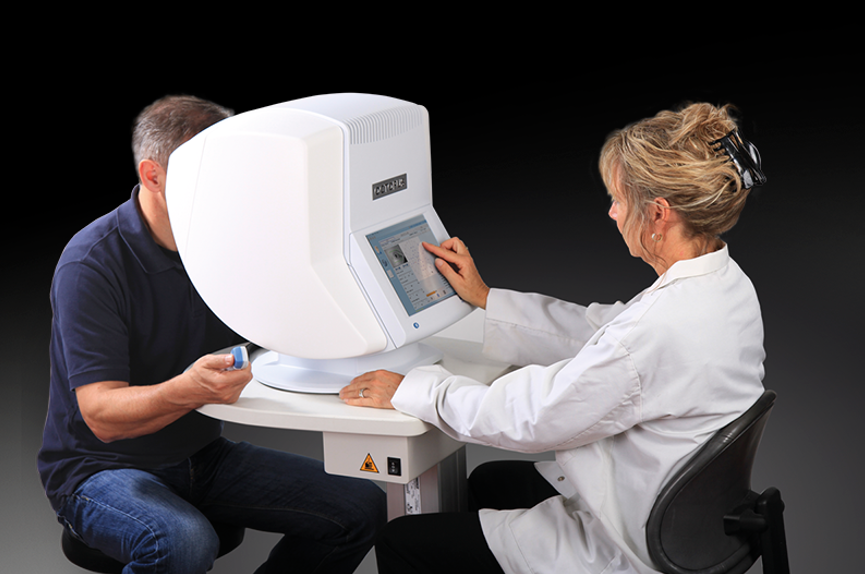
Perhaps patients recall sitting in an eye doctor’s office, looking inside an instrument at a screen. While focusing his or her eyes on a target straight ahead, lights flash in different locations at varying levels of brightness. Whenever the patient sees this flash of light, he or she presses a button on a remote.
Throughout the exam, a computer records the location and timing of each flash and the patient’s corresponding—or lack of—response. Once the test is complete, a printout expresses any problematic areas of vision loss, where the patient did not see a flash of light.
These complications can be a result of:
- Glaucoma
- Brain tumors
- Pituitary disease
- Stroke
- Other neurological deficiencies
Additionally, perimetry testing can help monitor vision after diagnosis to ensure glaucoma treatment is effective in preventing further vision loss. More vision loss means optic nerve damage.
A Brief History of Perimeters and Perimetry Testing
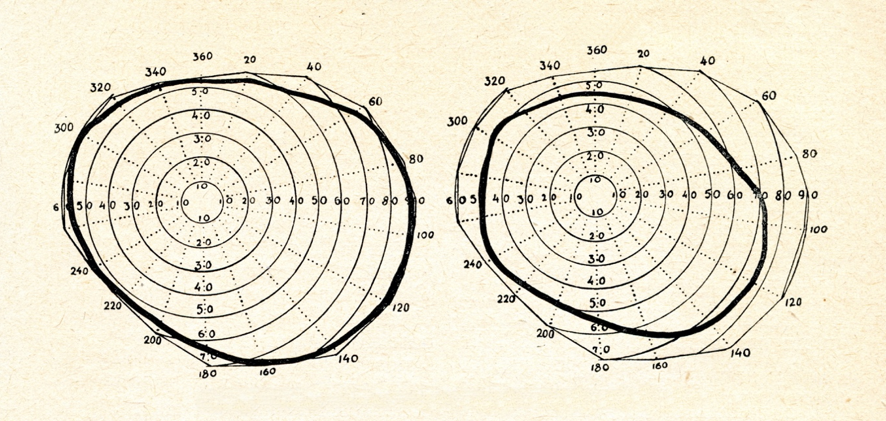
The concept of testing the entire visual field dates back as far as the fifth century, when Hippocrates first described hemianopia, also known as blindness over half of the visual field. In 150 BC, Ptolemy described our field of vision as circular—many years before Hans Goldmann developed the hemispherical bowl perimeter in 1945.
It was Franz Frankhouser and his peers, however, who created the Octopus, the first automated perimeter—which made way for automated testing practices used today in perimetry.
Perimetry and Visual Field Testing Today
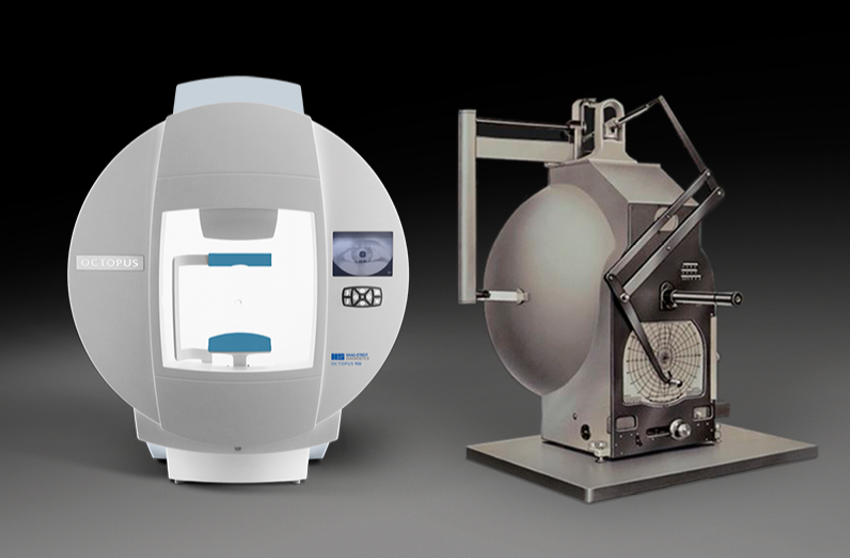
Perimetry tests a patient’s entire scope of vision, essentially detecting any issues in both central and peripheral vision.
There are two types of visual field testing:
- Confrontation/Kinetic Perimetry
This method of visual field testing brings an object into a patient’s view using steady, horizontal motion. The stimuli moves from a blind area in the patient’s field of vision (typically the back of the head) until the patient says he or she can see the object. The location at which the patient first sees the stimuli is recorded.
Think of this as the moving test target method.
- Static Perimetry
With static perimetry, stimuli appear in different locations within the visual field. The patient signals each time he or she identifies the stimuli within his or her field of vision.
Think of this as the stationary test target method.
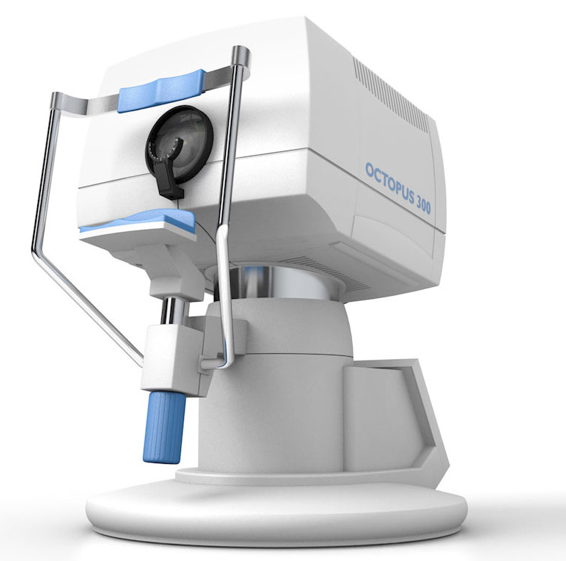
The 300 Series Perimeter is designed around the patented Interzeag direct projection system; the Octopus 301 has defined the next level in the practice of perimetry. The 300 Series includes:
- Perimeter with Static White/White Method TOP Strategy 100%
- Full Fixation Control
- Auto Eye Tracking
- EyeSuite Pro Analysis Software
- Static Custom Test Program
- Low Vision Testing
- Computer with monitor
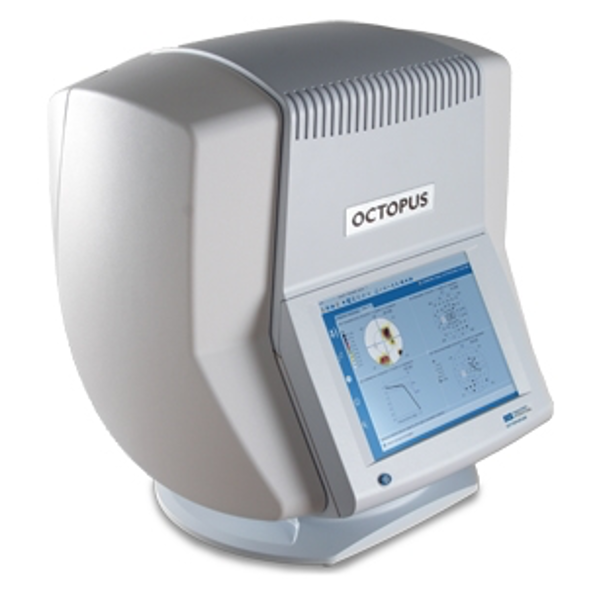
The Haag Streit Octopus 600 perimeter features new Pulsar early detection and standard white-on-white perimetry, with LED technology and touch screen. This instrument is compact sized with simplified perimetry and improved EyeSuite software to streamline operation and provide a range of visual field analyzing.
Octopus 600 features include:
- EyeSuite included in the built-in processor
- Network ready for EMR/Viewing stations
- Early detection and progression analysis in one unit
- Compact design, light weight, and small footprint
- Operates with touch screen or keyboard
- TOP strategy runs Pulsar
- Programs G and 32 (Pulsar) and G, 32, 24-2 (Sap). M and 10-2 (Sap)
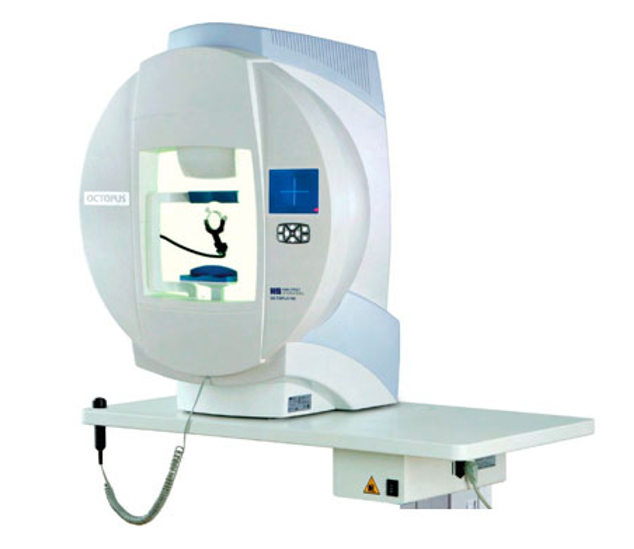
The Octopus 900 Basic represents the most complete 90-degree, full-field projection perimeter available today. It allows for testing in all levels of disease including early detection, tracking progression or performing the most sensitive examinations at the end stage of disease.
The Octopus 900 Basic includes:
- Wheel chair accessible table
- PC control unit
- Flat screen monitor
- Ink jet printer
- Static white/white testing
- Low vision testing
- 100% fixation control
- Chin rest sensor
- TOP (Tendency Oriented Perimetry) strategy for threshold testing in less than three minutes
- Includes EyeSuite™ LITE Software for data analysis
- Library of over a dozen standardized tests, including
- Standardized kinetic test for disability or driver’s license testing
- Automatic pupil measurement with refractive lens control sensor
Easily upgrades to any feature in the PRO Model via the entering of a code.

The Haag-Streit Octopus 900 Pro perimeter is the most versatile 90-degree, full-field projection perimeter on the market without limitation—for private practice, clinics, teaching institutions and scientific applications.
It allows for testing in all levels of disease—whether you’re looking for early detection, tracking progression or performing the most sensitive examinations at the end stage of disease.
Features include:
- 100% fixation control
- Lightning-fast full threshold exams in fewer than 150 seconds
- EyeSuite™ Software Analysis with networkable system and EMR Integration
- Goldmann Kinetic Perimetry in both manual and semi-automated modalities
- Wheel chair accessible table
- PC control unit
- Flat screen monitor
- Ink jet printer
- Static white/white testing
- Low vision testing
- Chin rest sensor
- TOP (Tendency Oriented Perimetry) strategy for threshold testing in less than three minutes
- EyeSuite™ LITE Software for data analysis
- Over a dozen standardized tests
- Standardized kinetic test for disability or driver’s license testing
- Automatic pupil measurement with refractive lens control sensor
- Easily upgrades to any feature in the PRO Model via the entering of a code
- Blue/Yellow (SWAP) testing
- Flicker perimetry
- Goldmann Kinetic (both manual and semi-automated)
- Red/white testing
- Automatic eye tracking
- Custom test capabilities
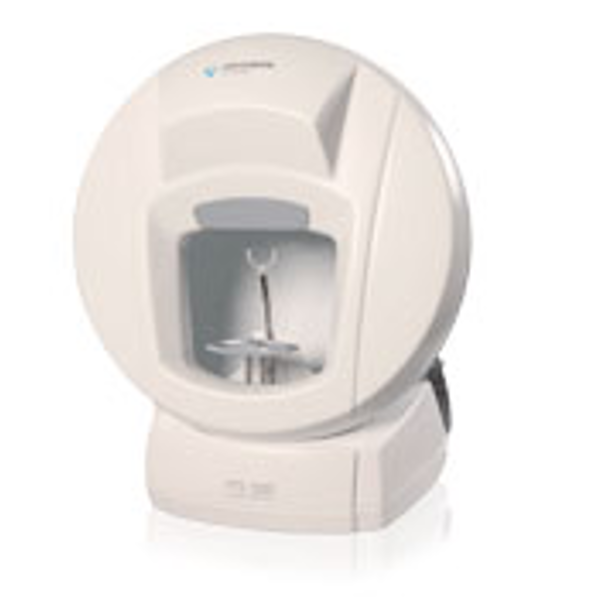
The Canon PTS 1000 Automated Perimeter is a modern diagnostic instrument for precise and fast testing for field of vision. The closed type examination bowl provides a single solution for Goldmann kinetic and static perimetry and offers a wide range of strategies and analysis tools combined with an intuitive interface.
Features include:
- Kinetic and static testing (five Goldmann stimuli sizes are included)
- Four stimuli colors
- Analysis tools
- Video monitoring
- Software options
- Printout manager
- Wheelchair accessible table
- All-in-one 21.5" PC
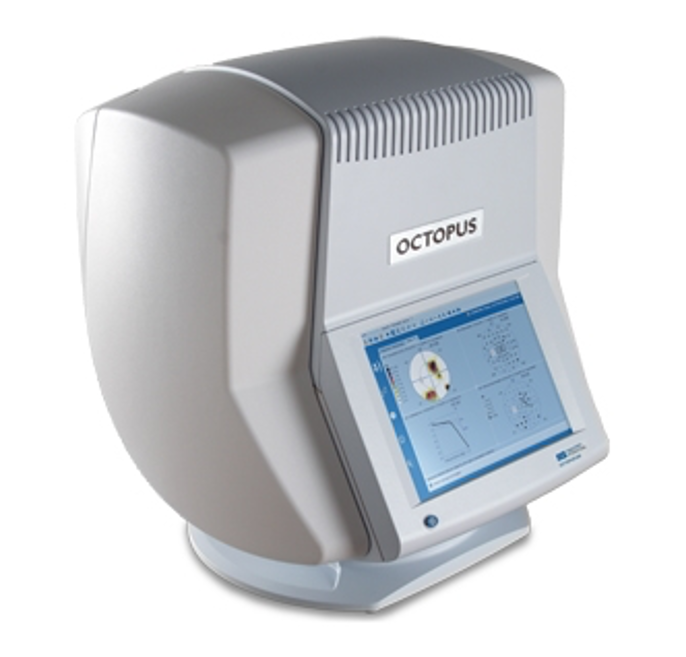
The Haag Streit Octopus 600 perimeter features new Pulsar early detection and standard white-on-white perimetry, with LED technology and touch screen. This instrument is compact sized with simplified perimetry to streamline operation and provide a range of visual field analyzing.
Octopus 600 features include:
- Ethernet-only networking
- Early detection and progression analysis in one unit
- Compact design, light weight, and small footprint (18.4"W, 20"L, 19.7"H, 28 lbs.)
- Operates with touch screen or keyboard
- TOP (Tendency Oriented Perimetry) strategy runs Pulsar
- 30° peripheral range
- Data import from Octopus 101, 123, 300, 900; HFA
- Easily upgrade to Pro with Eyesuite
Take a look at our entire inventory here
Veatch: Service and Repair
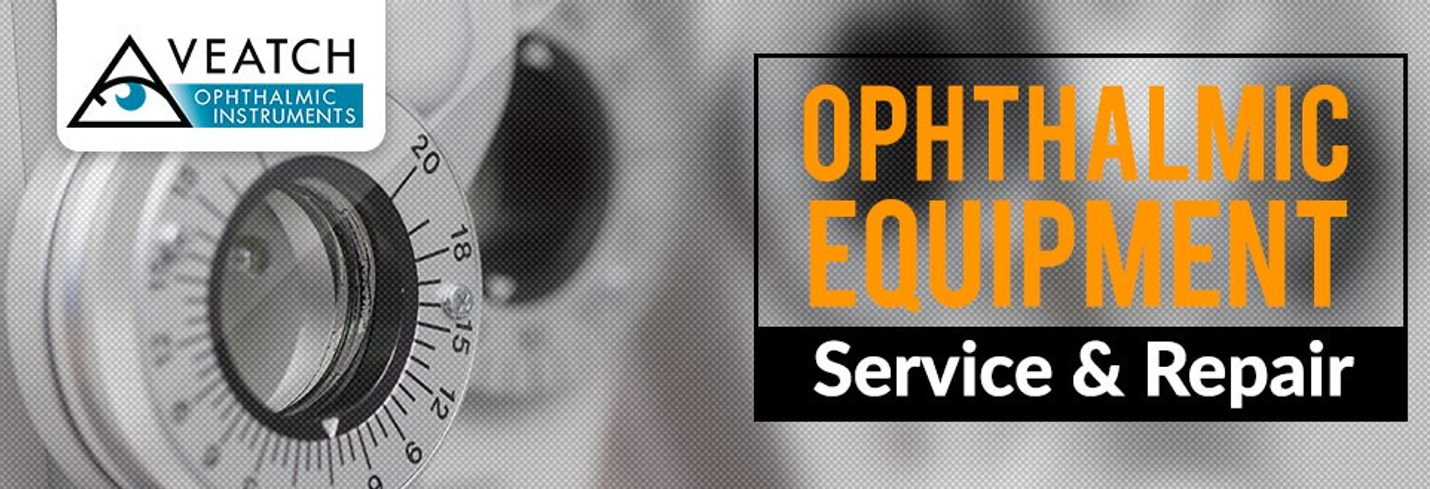
While Veatch is a leading provider of perimeters, we also offer general maintenance and repair services—a huge long-term benefit to customers.
With more than 60 years of combined experience, our technicians are available to meet many of your practice’s needs, including:
Setting up your practice: Veatch technicians help maximize your efficiency, optimize the placement for electrical needs, and recalibrate pieces once the move is done.
General maintenance: To help prevent problems down the road, technicians are available for general maintenance.
Repairs: If your piece needs more in-depth repairs, Veatch technicians are factory-trained and highly skilled in working with the intricate technological instruments. There is both local and remote support, and the company offers a unique loaner program that allows practices to rent equipment until their repairs are complete. If the piece is still under warranty, practices may even be able to rent the machine for free.

View Veatch’s Perimeter Inventory Here
